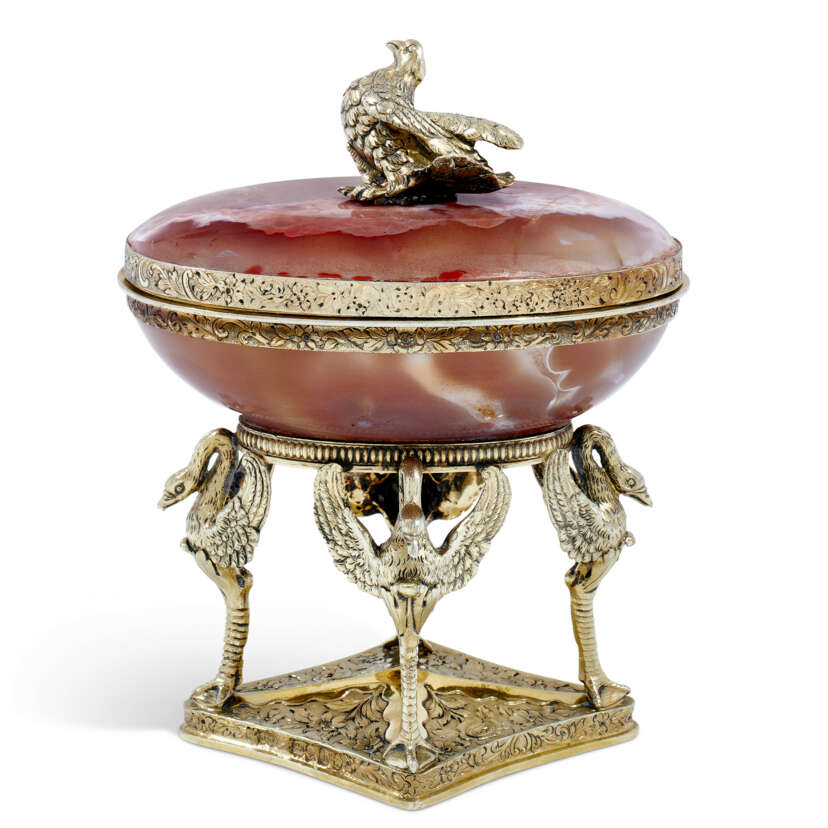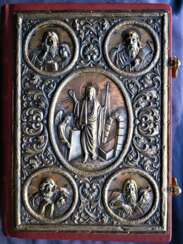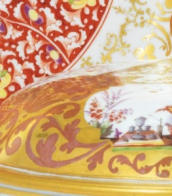period of elizabeth i



William Shakespeare was a British poet and playwright and writer.
William's father, John Shakespeare, was a merchant and official in Stratford. There are reports that he was a sailor for a time before joining a theater company in London. Beginning in the 1590s, Shakespeare began writing plays, and in 1593 he published a poem, Venus and Adonis, which became popular. He dedicated it to the Duke of Southampton, who was a philanthropist and patron of talent, and soon his business was booming.
From 1592 to 1600 Shakespeare wrote his dramas and romantic comedies "Richard III", "The Taming of the Shrew", "Romeo and Juliet", "A Midsummer Night's Dream" and "The Merchant of Venice", as well as the comedies "Much Ado About Nothing", "Twelfth Night" and the tragedy "Julius Caesar". The playwright's business was so successful that he even bought a large house in Stratford. In 1599, Shakespeare became one of the owners, playwright and actor of the new theater "Globe". In 1603 King James took Shakespeare's troupe under his direct patronage. In the mature period, the great playwright turned to tragedies, there were "Hamlet", "Othello", "King Lear", "Macbeth" and others.
Although in the 19th century researchers had some doubts about the authorship of many of these works, William Shakespeare is considered the greatest English playwright, one of the best playwrights in the world. His plays have been translated into all major languages and to this day form the basis of the world theatrical repertoire, most of them have been screened many times. According to the Guinness Book of Records, Shakespeare remains the world's best-selling playwright, and his plays and poems have sold more than 4 billion copies in the nearly 400 years since his death.


Jacques Dubois was a master cabinetmaker of the 18th century.
He was the king's cabinetmaker and also worked for Princess Louise Elisabeth, the Duchess of Parma, the Duke of Orleans and the nobility of the time.
He was one of the masters of the Louis XV style, a specialist in varnished veneers, reproducing the effects of Far Eastern lacquers, with black or red backgrounds, decorated with Chinese and pagodas, of a very high quality.
He also executed the delicately chiselled bronzes applied to his furniture.







George Hayter was an English painter, specialising in portraits and large works involving in some cases several hundred individual portraits. Queen Victoria appreciated his merits and appointed Hayter her Principal Painter in Ordinary and also awarded him a Knighthood 1841.


Anthony van Dyck, a Flemish painter born in 1599 in Antwerp and passed away in 1641 in London, is celebrated as one of the foremost Baroque painters of the 17th century. His notable contributions to the art world include his exceptional portraits of European aristocracy, as well as his religious and mythological paintings. Van Dyck's early exposure to art was influenced significantly by his apprenticeship with Hendrik van Balen and later, by the profound impact of working alongside Peter Paul Rubens. His mastery was recognized early on, leading him to set up his own workshop by the age of 15.
Van Dyck's journey to Italy in 1621 marked a pivotal phase in his career, allowing him to immerse himself in studying the Italian masters and commencing his successful stint as a portraitist. His style evolved under the influence of Titian, evident from his vibrant use of color and refined modeling of form. Van Dyck's Italian period not only honed his artistic skills but also established his reputation as a painter of consequence.
Upon returning to Antwerp, van Dyck's portraits became highly sought after, leading to commissions from notable figures such as Archduchess Isabella and Queen Mother Maria de' Medici. His role as a court painter further solidified in England under the patronage of King Charles I, where he was knighted and appointed as the principal painter, profoundly shaping the aristocratic character of Charles I's reign through his portraits.
Van Dyck's legacy extends beyond his death, having influenced English portrait painting for over a century. His innovative techniques in watercolour and etching, along with his sophisticated portrayal of subjects, continue to be admired. His art not only showcases his technical prowess but also reflects the cultural and social nuances of his era, making his work a significant study for collectors and art historians alike.
For enthusiasts eager to explore the intersections of art, history, and culture through the lens of Anthony van Dyck's work, staying informed about new discoveries and auction events is essential. Signing up for updates can provide exclusive insights into the world of one of the most influential figures in Flemish art. This subscription ensures that collectors and experts are well-informed of any developments related to van Dyck's oeuvre, enhancing their understanding and appreciation of his contributions to the art world.


Anicius Manlius Severinus Boethius, commonly known as Boethius (Latin: Boetius), was an Italian senator, consul, magister officiorum, historian, and philosopher of the Early Middle Ages. He was a central figure in the translation of the Greek classics into Latin, a precursor to the Scholastic movement, and, along with Cassiodorus, one of the two leading Christian scholars of the 6th century.


Bernard van Orley was a versatile Flemish artist and representative of Dutch and Flemish Renaissance painting, who was equally active as a designer of tapestries and, at the end of his life, stained glass. Although he never visited Italy, he belongs to the group of Italianizing Flemish painters called the Romanists, who were influenced by Italian Renaissance painting, in his case especially by Raphael.





























![[Browning], Elizabeth B. Barrett | "...the first utterances of my individuality."](/assets/image/picture_2293417/c8929/cm8xm1dcllfzxm1-x7bncw3ozsqlbcj-xzbyfsnxsdnyvefuxm3geydiv0us1658410906jpg__fix_374_244.jpeg)
![[Browning], Elizabeth B. Barrett | "...the first utterances of my individuality."](https://veryimportantlot.com/assets/image/picture_2293417/c8929/cm8xm1dcllfzxm1-x7bncw3ozsqlbcj-xzbyfsnxsdnyvefuxm3geydiv0us1658410906jpg__fix_374_244.jpeg)















![[CECIL, William (1520-1598)] – DIO CASSIUS (c.155 - after 229).](/assets/image/picture_2585761/b4271/ded4a04209bf4416a02a3c3c87e3e1901670972400jpg__fix_374_244.jpeg)
![[CECIL, William (1520-1598)] – DIO CASSIUS (c.155 - after 229).](https://veryimportantlot.com/assets/image/picture_2585761/b4271/ded4a04209bf4416a02a3c3c87e3e1901670972400jpg__fix_374_244.jpeg)










